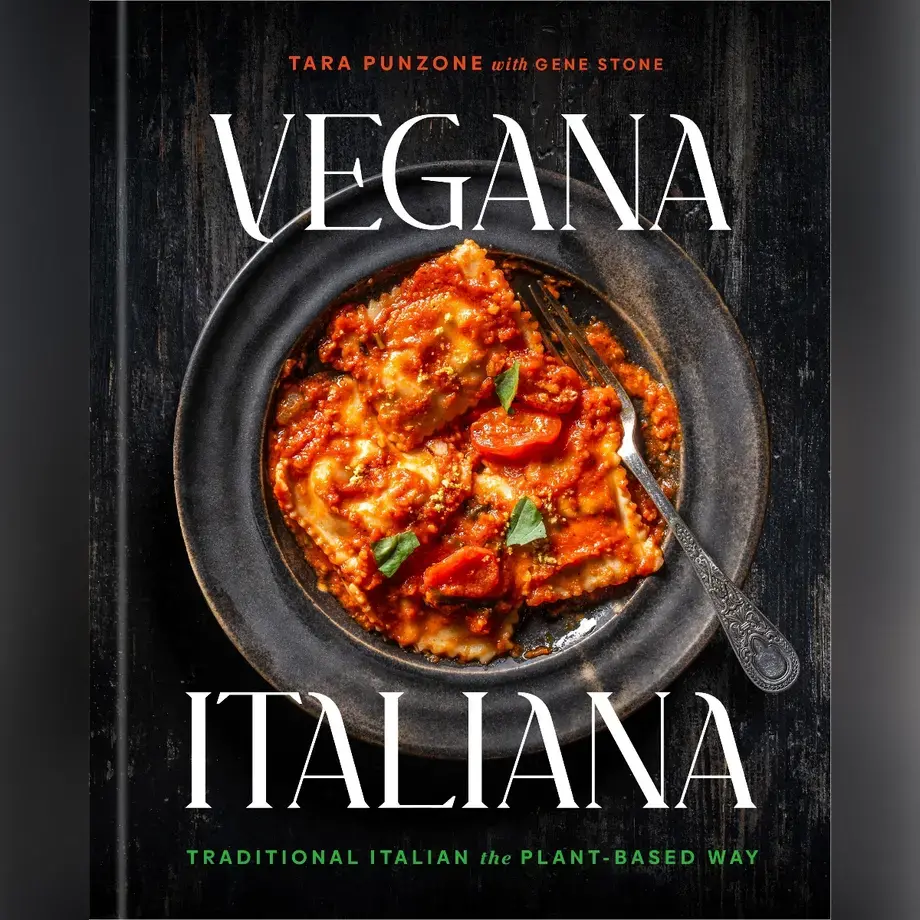Are you looking to add a tropical touch to your meals? Look no further than guava paste. This prized Latin ingredient can be used in sweet and savoury preparations and adds a nice zing to recipes courtesy of the natural acidity in guava fruit.
The guava fruit grows on medium-sized trees, has watermelon-coloured flesh, and is usually slightly larger than a hen egg. Originally native to the Americas, this fruit can now be found throughout tropical and subtropical regions. It is extremely high in vitamin C (higher than oranges) and also has a healthy dose of fibre. The leaves of the plant can also be consumed as a tea or extract for medicinal purposes.
Guava paste, known as pasta de guayaba in Spanish and goiabada in Portuguese, is a very dense puree made of guava and sugar. It is thicker than jam and can be sliced or cut into chunks.
In the Caribbean, guava paste is commonly paired with cheese and served as an appetiser. Not surprisingly, it is a popular ingredient in desserts.
How to Store Guava Paste
Once opened, guava paste can be stored at room temperature. It should be wrapped in plastic or stored in an airtight container.
Where To Find Guava Paste
Look for tins labeled as pasta de guayaba in the Latin aisle at your local supermarket. Guava paste is also sold in logs that are either wrapped in plastic or sold in boxes. It may also be purchased online if you can't find it at the Latin foods market closes to you.



















